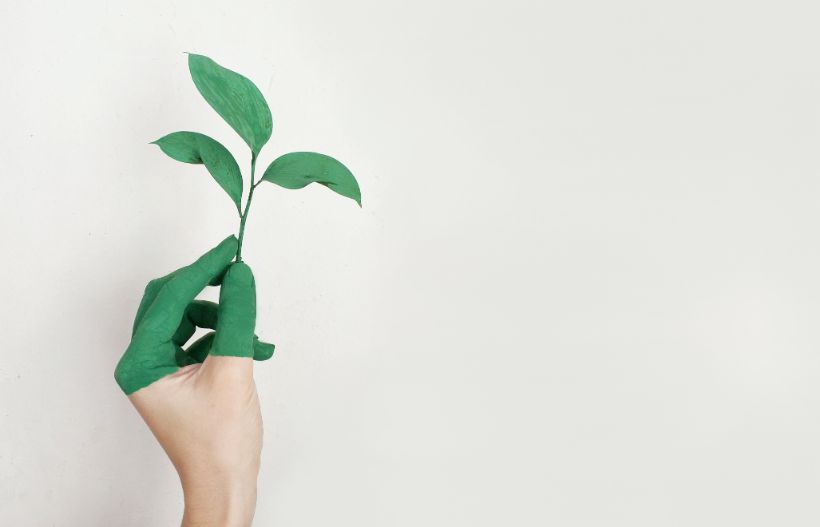Development Engineering: strategies at the service of the circular economy
Reuse, reduce, recycle. Just three words. But they sum up the paradigm shift that is taking place in the industrial sphere: the emergence of the circular economy and its many requirements. At Industrias Alegre, the development engineering team places its extensive experience, the most recent innovations and huge doses of ingenuity at the service of those three Rs. And also the planet.

The engineering section holds brainstorming meetings almost every day. That means great minds throwing ideas at each other in search of the best results. Even if they seem absurd. It is the best way to drive forward successive improvements. Constant improvement was always a frequent demand made of the team of engineers led by Nuria Dasí. However, since the circular economy has been on everyone’s agenda, the intensity of the challenges has grown exponentially: the group’s aim is to offer increasingly sustainable products. Whether or not clients demand them. What is important is that the planet is demanding them. And we are simultaneously working on these three strategies:
1 The focus always placed on sustainability
The mandates of the circular economy are there and the team has internalised them, converting them into its essential objectives. So, this working group knows that any small improvement counts, because it can be added to others. So that, when the section receives a new part whose design it must validate, the group gets to work, to see how it can be improved and made more sustainable. Some of the usual formulas are:
- Simplify the part, removing components
- Make the part lighter and smaller
- Completely avoid adhesives
- Eliminate the greatest possible number of clips
- Improve the tooling necessary for its manufacture
Some of those changes mean overturning the manufacturing formulas which, in some sectors, have been used for decades. Those are the hardest - and also the most attractive - challenges! That is what happened, for example, when the working group declared war on adhesives in the automotive sector. Adhesive foams on the internal columns of the car?, A magnet as support for a part? Glues out! They waged that particular battle because any element which has been glued can no longer enter the circular process and be reused as a raw material. Solutions? Rethink the part, draw your inspiration from nature and everyday objects, redesign and, finally, find effective ways of fixing, but always mechanical, maintaining the function but eliminating the adhesives and permitting recycling when that element has come to the end of its useful lifetime.
2 Integrating innovations with a sustainable vision
Technological innovations are incorporated at the same time as those design reviews. For that, they have the investigations previously carried out by the R&D&I team, which means the leading edge in research in Industrias Alegre. Because, once they have validated a technology, they put it to the test to see how far it can go, to then integrate it into their designs. Yes, imagination flies better when you have quality tools. These are some of the technological innovations that are already being used or at least tested out in order to advance towards the circular economy:
- New, more sustainable polymers (recycled or biocomposites).
- Chemical foaming to achieve weight reductions.
- Polypropylene welding, a technique which, among other advantages, makes it possible to eliminate clips (less material, less energy).
- Additive manufacturing for prototyping and to make very light complex parts without the need for assembly.
- Plastronics to achieve parts with enormous weight reductions, which are thinner and without assembly.
3 All the lessons learnt come into play
The third strategy consists of combining the technological innovations and redesign with the wealth of know-how of a company which has spent decades injecting plastics for the most demanding clients. All the lessons learnt over the years enable the working group to vastly increase its ability to anticipate and carry the best sustainability solutions over into the development phases. Because, if the proposals for improvement are already in the design, before a mould is prepared, better results are achieved and greater value is added for our clients.
Reuse, reduce, recycle. Just three words. But they require enormous efforts.